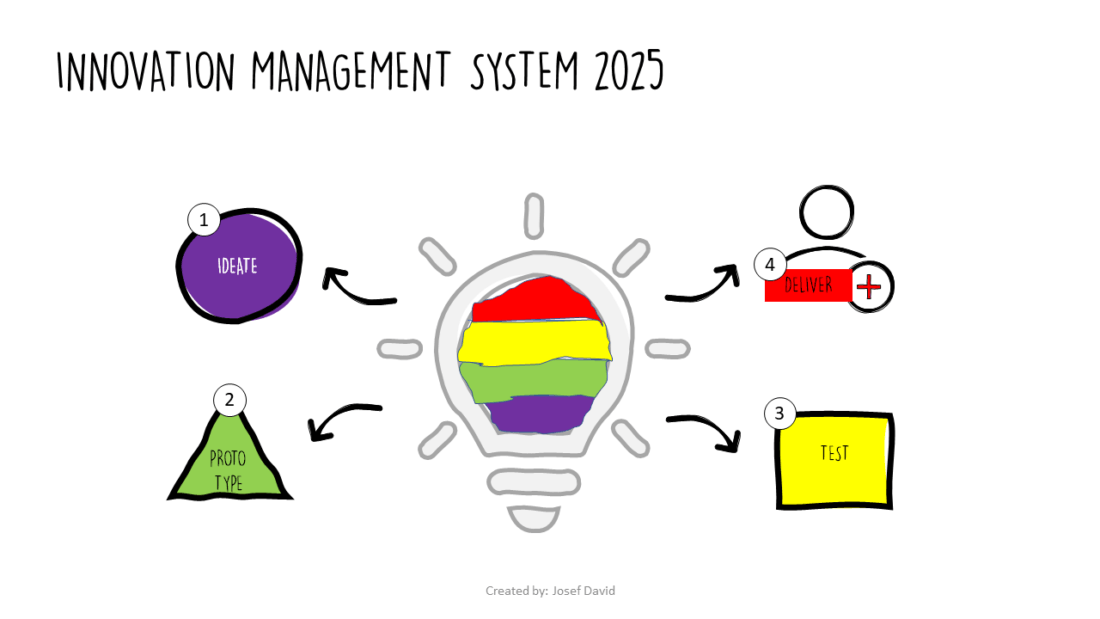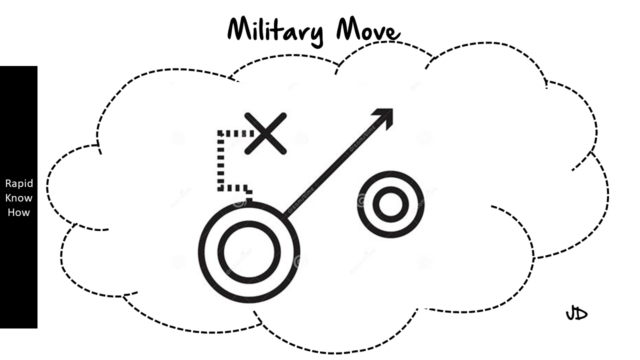What is BID?
Business Innovation Design (BID) is a strategic approach that combines business strategy, innovation, and design thinking to create value and drive competitive advantage. It’s a holistic methodology that integrates various disciplines such as business modelling, lean startup, blue ocean strategy, and customer development to help businesses innovate effectively and efficiently.
Why do I need BID?
In today’s fast-paced, ever-evolving business landscape, innovation is no longer a luxury but a necessity. Businesses need to constantly reinvent themselves to stay relevant and competitive. BID provides a structured framework for businesses to innovate systematically and sustainably. It helps businesses identify new opportunities, create unique value propositions, and deliver superior customer experiences.
How can I apply BID as a company?
Applying BID involves five key steps:
1. Empathise: Understand your customers’ needs, desires, and challenges deeply. This involves conducting market research, customer interviews, and observation.
2. Define: Clearly articulate the problem you’re trying to solve or the opportunity you’re trying to seize. This involves framing the problem in a customer-centric way.
3. Ideate: Generate a wide range of innovative ideas to solve the defined problem or seize the opportunity. This involves brainstorming sessions, creative thinking exercises, and idea generation tools.
4. Prototype: Turn your best ideas into tangible prototypes that can be tested with customers. This involves creating low-fidelity prototypes such as sketches, storyboards, or mock-ups.
5. Test: Validate your prototypes with customers to gather feedback and learn what works and what doesn’t. This involves conducting user testing sessions, collecting feedback, and iterating on your prototypes based on the feedback.
Examples of successful application of BID
Many successful companies have applied BID to drive innovation and growth. For instance, Apple used BID to create the iPhone, which revolutionised the smartphone industry. Airbnb used BID to disrupt the hospitality industry by creating a unique value proposition for travellers and hosts. Uber used BID to transform the transportation industry by creating a new business model that connects drivers and riders directly.
Learning to apply BID in 5 steps, step by step
1. Learn the basics: Understand what BID is, why it’s important, and how it works. This involves reading books, attending workshops, or taking online courses on BID.
2. Practice empathy: Develop your ability to empathise with customers. This involves conducting customer interviews, observing customers in their natural environment, and developing customer personas.
3. Master ideation: Improve your ability to generate innovative ideas. This involves practicing brainstorming techniques, learning creative thinking tools, and fostering a culture of innovation.
4. Get hands-on with prototyping: Learn how to turn ideas into prototypes. This involves learning prototyping techniques and tools, creating prototypes for your ideas, and testing them with customers.
5. Iterate based on feedback: Develop your ability to learn from feedback and iterate on your prototypes. This involves conducting user testing sessions, collecting feedback, and making improvements based on the feedback.
Conclusion
In conclusion, Business Innovation Design (BID) is a powerful strategic approach that can help businesses innovate effectively and efficiently. By understanding customers deeply, generating innovative ideas, creating tangible prototypes, and iterating based on feedback, businesses can create unique value propositions and deliver superior customer experiences. As we move towards 2024 and beyond, mastering BID will be crucial for businesses to stay competitive in the ever-evolving business landscape.




